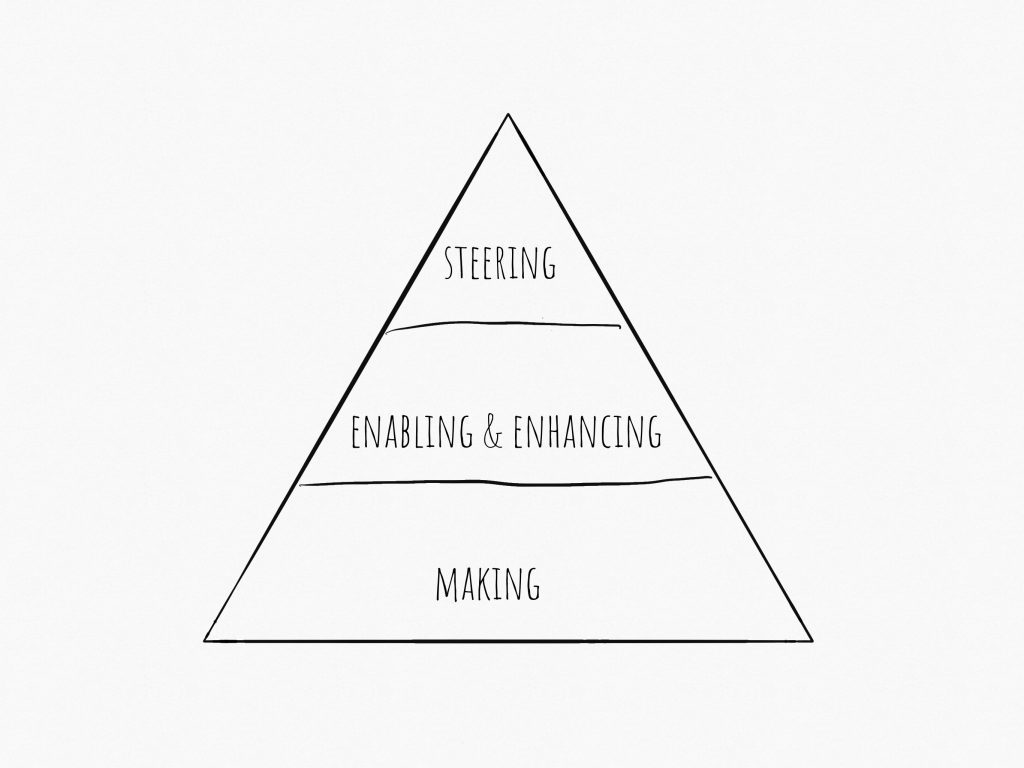The Smart Ring Debate: Can Technology Build Trust?

Table of Contents
Security Concerns & Data Privacy in Smart Rings
Smart rings collect a wealth of personal data, raising significant security and privacy concerns. The very nature of these devices—small, wearable, and often containing sensitive information—presents unique challenges.
Biometric Data Vulnerabilities
Smart rings often incorporate biometric sensors, capturing data like fingerprints, heart rate, and even sleep patterns. Storing such sensitive information on a small, easily lost device presents substantial risks. A lost or stolen smart ring could grant unauthorized access to this crucial personal data.
- Examples of vulnerabilities: Compromised biometric sensors, data theft through unauthorized access, physical theft of the device.
- Potential consequences of data theft: Identity theft, financial fraud, medical identity theft, and violation of personal privacy. The implications can be severe and long-lasting.
Encryption and Security Protocols
The security of a smart ring hinges on the strength of its encryption and security protocols. Manufacturers employ various methods to protect user data, but the level of security varies significantly across brands and models. Understanding these differences is crucial for informed decision-making.
- Examples of strong security features: End-to-end encryption, secure element chips, multi-factor authentication.
- Comparison of security levels across brands: Some brands prioritize robust security features, while others may fall short, impacting user trust. Researching individual brands' security protocols before purchasing is essential.
Data Collection and Usage Transparency
Another critical aspect of the smart ring debate is the transparency of data collection and usage practices. Many smart ring manufacturers collect user data, but the extent of this collection and how it's used often lacks clarity.
- Examples of questionable data practices: Unclear data collection policies, sharing data with third-party companies without user consent, lack of transparency regarding data retention periods.
- Comparison of data privacy policies: Carefully comparing the data privacy policies of different smart ring manufacturers is essential to identify those prioritizing user privacy.
Building Trust Through Transparency and Security Measures
Addressing the security and privacy concerns surrounding smart rings requires a multifaceted approach involving manufacturers, regulators, and users themselves.
The Role of Regulation and Standardization
Robust industry regulation and standardization are crucial for enhancing the security and trust associated with smart ring technology. Clear guidelines regarding data collection, storage, and usage are needed to protect user privacy.
- Examples of beneficial regulations: Data privacy laws (like GDPR and CCPA), regulations mandating strong encryption standards for wearable technology.
- Discussion of challenges in regulating a rapidly evolving technology: The fast-paced innovation in the smart ring market makes it challenging for regulators to keep up, necessitating flexible and adaptable regulatory frameworks.
User Education and Awareness
User education plays a vital role in building trust in smart ring technology. Users need to be aware of the potential risks and take proactive steps to protect their data and privacy.
- Tips for secure smart ring usage: Choosing strong passwords, enabling two-factor authentication, regularly updating firmware, being cautious about connecting to unsecured Wi-Fi networks.
- Advice on choosing reputable brands: Research brands with a proven track record of prioritizing security and user privacy. Read reviews and look for independent security audits.
Open-Source Initiatives and Community Scrutiny
Open-source hardware and software can significantly enhance trust and transparency. Open-source projects allow for community scrutiny, identifying and addressing potential vulnerabilities more effectively.
- Examples of open-source smart ring projects: While relatively few currently exist, the potential benefits are significant.
- Advantages of community-driven security: Open-source projects foster collaboration and allow for a broader range of expertise to contribute to security improvements.
The Future of Trust in Smart Ring Technology
The future of trust in smart ring technology depends on continued advancements in security, evolving user expectations, and proactive measures from all stakeholders.
Technological Advancements
Advancements in encryption technologies, biometric security, and other related fields hold the key to enhancing trust in smart rings.
- Examples of promising new technologies: More advanced biometric authentication methods, improved encryption algorithms, secure hardware enclaves.
- Predictions for future trust levels: As technology improves, and with greater regulatory oversight, trust in smart rings is likely to increase.
Shifting User Expectations
User expectations regarding data privacy and security are constantly evolving, influenced by data breaches and privacy scandals. Manufacturers need to adapt to these changing expectations.
- Examples of shifting user attitudes: Increased awareness of data privacy risks, greater demand for transparency and accountability from manufacturers.
- Discussion of the long-term implications: Failure to adapt to evolving user expectations could significantly hinder the adoption and success of smart ring technology.
Conclusion
The smart ring debate revolves around the critical need for trust. While the convenience and capabilities offered by smart rings are undeniably attractive, concerns about security and data privacy remain paramount. Building trust requires a comprehensive approach involving robust security measures, transparent data handling, strong industry regulation, user education, and a commitment to open-source initiatives. By addressing these challenges head-on, the smart ring industry can create a future where this technology is not only convenient but also genuinely trustworthy. Make informed choices, research different brands thoroughly, and prioritize your data privacy when considering a smart ring. Carefully review security features and privacy policies before purchasing. Choose wisely, and embrace the future of smart ring technology responsibly.

Featured Posts
-
 Israil Meclisi Nde Esir Yakinlarinin Protestosu Guevenlik Goerevlileriyle Catisma
May 02, 2025
Israil Meclisi Nde Esir Yakinlarinin Protestosu Guevenlik Goerevlileriyle Catisma
May 02, 2025 -
 Securing Elections The Importance Of A Robust Poll Data System
May 02, 2025
Securing Elections The Importance Of A Robust Poll Data System
May 02, 2025 -
 Rethinking Middle Management Their Essential Contribution To Business And Employee Well Being
May 02, 2025
Rethinking Middle Management Their Essential Contribution To Business And Employee Well Being
May 02, 2025 -
 Rupert Lowes X Posts A Dog Whistle Or A Fog Horn Will His Message Reach Uk Reformers
May 02, 2025
Rupert Lowes X Posts A Dog Whistle Or A Fog Horn Will His Message Reach Uk Reformers
May 02, 2025 -
 Remembering A Legend Amy Irving Honors Deceased Dallas And Carrie Star
May 02, 2025
Remembering A Legend Amy Irving Honors Deceased Dallas And Carrie Star
May 02, 2025
